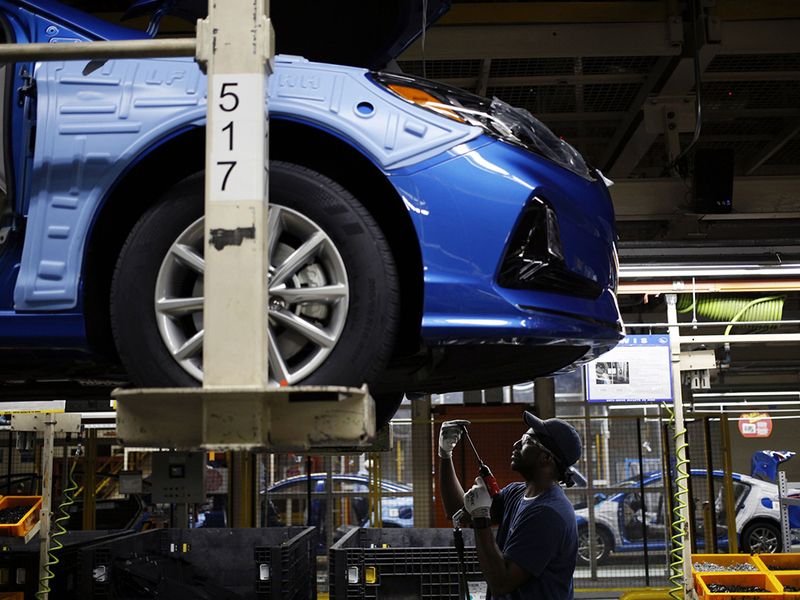
Hyundai Motor Co.’s U.S. plant is running flat out to meet demand for crossovers, and the company’s top North American executive says it will need to consider expanding production capacity if that continues.
The South Korean automaker was slow to transform its lineup to meet Americans’ penchant for utility vehicles but now is capitalizing on a rebound in showroom traffic following pandemic-related U.S. shutdowns. Crossovers were 67 percent of U.S. retail sales in July, thanks to the Tucson and Palisade models, according to Jose Munoz, Hyundai’s CEO of North America. That surpasses the company’s 2023 goal of 63 percent, he said in a phone interview.
“I’m very confident that we will be able to maintain at least 60 percent,” Munoz said, “and perhaps even more.” Even when competitors have a good supply of products, “we’re having a very solid performance.”
Hyundai’s assembly plant in Montgomery, Ala., which makes the Sonata and Elantra sedans and the Tucson midsize crossover, is running three shifts at full capacity, and the automaker is investing $400 million to expand the facility to build a compact pickup truck, the Santa Cruz, in 2021.
“Total production, once we stabilize from COVID, will be close to 400,000 units, and we will need more,” he said. “At some point we will have to discuss about potentially increasing capacity.”
More expansion
He didn’t provide any details, but this could mean more expansion at the Alabama factory or even building a new plant.
While Hyundai sales were up 1 percent in July compared with a year ago, they were down 15 percent for the year to date. Despite this, Munoz predicted deliveries will grow in 2020, even with a more grim outlook for the broader industry. He expects U.S. sales to decline this year, and 2021 to total 15 million, a loss of 2 million cars from 2019’s 17 million.
Researcher IHS Markit estimates sales this year will sink to 13.6 million.
“There are many, many dynamics going on, but the net result is going to be negative,” Munoz said. “While we see some recovery, we don’t see a full recovery” for the industry.